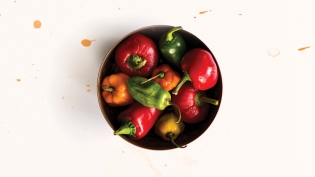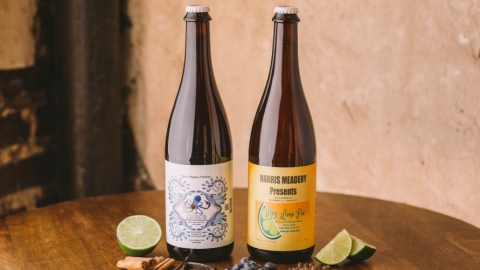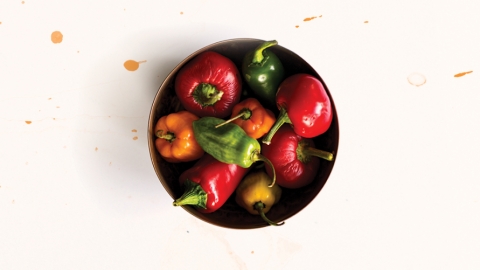Grits Nation
Like many things we identify as uniquely American, grits were not an invention of Southern ingenuity but an appropriation, taken from native Muscogee (Creek) Indians. The Alabama tribe introduced European settlers to sofki, a porridge of alkaline-treated corn and water, to which they added fat in the form of nut oils or bone marrow and an egg. Meanwhile, similar stories are told of Indians native to Virginia and North Carolina sharing their recipe for rockahomine, from which we take the English word for corn treated in a similar fashion, hominy.
As corn rose in popularity as a New World crop, grits quickly became a pan-Southern tradition, firmly establishing their place in the pantheon of Southern cuisine that includes, but is certainly not limited to, fried chicken, pimento cheese, collard greens and cornbread. You’d be hard-pressed not to find them on breakfast tables, diner menus and even BBQ joints stretching from Texas to Virginia in a sprawling swath of land appropriately named the Grits Belt.
However, it wasn’t until 1985 when Craig Claiborne, the infamous New York Times food writer with a soft-spot for simple home cooking, put the ink to paper that would not only throw the spotlight on the now ubiquitous shrimp and grits, but would forever change the perception of Southern cuisine. Before the late Chef Bill Neal made it the signature dish at Crook’s Corner in Chapel Hill, N.C., shrimp and grits was something coastal fishermen ate for breakfast. This tradition was likely handed down from their Gullah ancestors who made creative (and delicious) use of the cheap but plentiful rations they received, mirroring the genesis of many Southern food traditions that are in fact, West African in origin. By so doing, Neal elevated the common staple into something white-napkin worthy, while Claiborne brought it to the attention of the world at large.
From then on, grits were given license to occupy the same status as their more sophisticated (yet identical) European cousin, polenta, becoming the perfect accompaniment to richly flavored braised meats and ragus, whether as a creamy foil or a solid foundation when fried into a cake. You don’t have to look far nowadays to find a creative chef fusing this Southern staple into internationally inspired dishes such as Korean-style short rib with kimchi, scallions and sesame seeds (bonus points for benne seeds) — or perhaps combining top-shelf ingredients like shaved black truffle with this most economical of ingredients.
All of that isn’t to say that grits have lost their place among accessible comfort foods. Here in Jacksonville, at a certain tucked away Springfield breakfast spot, you can walk away with a Breakfast in a Cup — grits, butter, cheese, an egg your way and choice of breakfast meat — for $2.50 (after tax) and wash it down it with a can of Busch at 7 in the morning.
Despite their rise in status and popularity, grits are still best served at home on a Saturday or Sunday morning when you have the time to simmer them to perfection. The basic method is simple. Bring four parts liquid to boil, then slowly whisk in one part grits and a modest measure of salt (don’t worry, plenty more will be added later to taste). Reduce the heat, cover and simmer 20 to 45 minutes until the grits have absorbed the liquid and achieved a creamy texture. From there, it’s up to you. Sort of. Feel free to add as much additional salt and butter as you like, but whatever you do, don’t add sugar. That’s a sure-fire way to lose your Southerner card, and by extension, the love and respect of your friends and family. Or do so at your own risk, but don’t be surprised to receive many a “bless your heart” in response.















